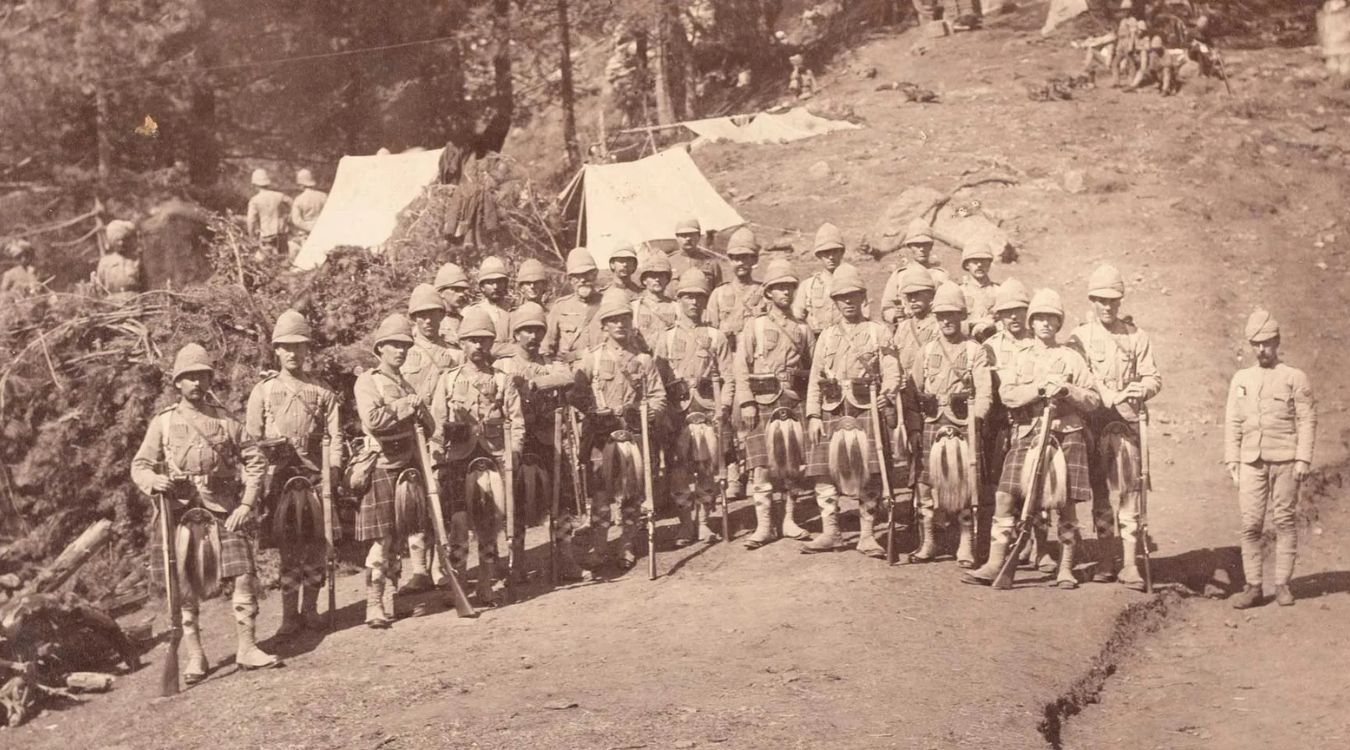
The Afridi Redshirt Rebellion was a significant event in the history of British India, showcasing the fierce resistance of the Afridi tribe against British colonial rule. This uprising, which took place in the early 20th century, was part of a broader movement led by the charismatic leader, Khan Abdul Ghaffar Khan, also known as the "Frontier Gandhi." The rebellion was marked by its non-violent approach, despite the intense oppression faced by the Afridi people. Understanding the Afridi Redshirt Rebellion provides insight into the struggles and resilience of the Pashtun tribes, their quest for autonomy, and the broader anti-colonial movements in South Asia. Here are 30 compelling facts about this pivotal moment in history that highlight its significance and lasting impact.
Key Takeaways:
- The Afridi Redshirt Rebellion was a fierce uprising by the Afridi tribe against British rule in 1930, inspiring other tribes and contributing to the Indian independence movement.
- The rebellion, led by notable figures like Khan Abdul Ghaffar Khan, highlighted the Afridi tribe's resilience and cultural pride, leaving a lasting impact on the region's history.
The Afridi Redshirt Rebellion: An Overview
The Afridi Redshirt Rebellion was a significant uprising in the history of British India. It involved the Afridi tribe, known for their fierce resistance against British rule. Here are some intriguing facts about this historical event.
- The rebellion took place in 1930, during the British Raj in India.
- The Afridi tribe, primarily based in the Khyber Pass region, led the uprising.
- The rebellion was part of a larger movement against British colonial rule in the Indian subcontinent.
- The Afridis were known for their warrior culture and had a history of resisting foreign invasions.
- The term "Redshirt" refers to the distinctive red garments worn by the rebels.
Key Figures and Leaders
Several notable leaders played crucial roles in the Afridi Redshirt Rebellion. Their leadership and strategies were instrumental in the uprising.
- Khan Abdul Ghaffar Khan, also known as the "Frontier Gandhi," was a prominent leader who inspired many Afridis.
- Ghaffar Khan founded the Khudai Khidmatgar movement, which advocated for non-violent resistance.
- The movement's members, known as "Redshirts," wore red uniforms as a symbol of their commitment.
- Ghaffar Khan's philosophy was influenced by Mahatma Gandhi's principles of non-violence.
- The Afridi leaders combined traditional warfare tactics with modern strategies to challenge British forces.
Causes of the Rebellion
Understanding the causes of the Afridi Redshirt Rebellion helps to grasp the motivations behind the uprising.
- The British imposition of taxes and land reforms angered the Afridi tribe.
- The construction of roads and railways through tribal lands disrupted their way of life.
- The British policy of divide and rule created tensions among different tribes.
- The Afridis were also motivated by a desire to preserve their cultural and religious identity.
- The influence of nationalist movements across India inspired the Afridis to resist colonial rule.
Major Battles and Skirmishes
The Afridi Redshirt Rebellion saw several significant battles and skirmishes between the rebels and British forces.
- The Battle of Khyber Pass was one of the most notable confrontations during the rebellion.
- Afridi fighters used guerrilla warfare tactics to ambush British troops.
- The rugged terrain of the Khyber Pass provided a strategic advantage to the Afridis.
- The British employed heavy artillery and air support to suppress the rebellion.
- Despite their technological superiority, British forces faced stiff resistance from the Afridis.
Impact and Aftermath
The Afridi Redshirt Rebellion had a lasting impact on the region and the broader struggle for independence in India.
- The rebellion highlighted the resilience and determination of the Afridi tribe.
- It exposed the limitations of British control over the tribal areas.
- The uprising inspired other tribes to resist British rule.
- The British government implemented reforms to address some of the grievances of the Afridis.
- The rebellion contributed to the growing momentum of the Indian independence movement.
Cultural Significance
The Afridi Redshirt Rebellion holds cultural significance for the Afridi tribe and the broader Pashtun community.
- The rebellion is remembered as a symbol of resistance and bravery.
- Stories and songs about the uprising are still passed down through generations.
- The red garments worn by the rebels have become a cultural icon.
- The rebellion reinforced the Afridi tribe's identity and sense of pride.
- The legacy of the Afridi Redshirt Rebellion continues to inspire movements for justice and freedom.
The Legacy of the Afridi Redshirt Rebellion
The Afridi Redshirt Rebellion stands as a significant chapter in history, highlighting the resilience and determination of the Afridi tribe. Their fight against British colonial rule in the late 19th century showcased their unwavering spirit and desire for autonomy. This rebellion wasn't just a local skirmish; it had broader implications, influencing other resistance movements in the region.
Understanding this rebellion provides valuable insights into the complexities of colonial resistance and the enduring quest for freedom. The Afridi tribe's courage and strategic prowess left an indelible mark, reminding us of the power of unity and the importance of standing up against oppression.
Today, the legacy of the Afridi Redshirt Rebellion continues to inspire those who value independence and justice. It's a testament to the enduring human spirit and the relentless pursuit of self-determination.
Frequently Asked Questions
Was this page helpful?
Our commitment to delivering trustworthy and engaging content is at the heart of what we do. Each fact on our site is contributed by real users like you, bringing a wealth of diverse insights and information. To ensure the highest standards of accuracy and reliability, our dedicated editors meticulously review each submission. This process guarantees that the facts we share are not only fascinating but also credible. Trust in our commitment to quality and authenticity as you explore and learn with us.
